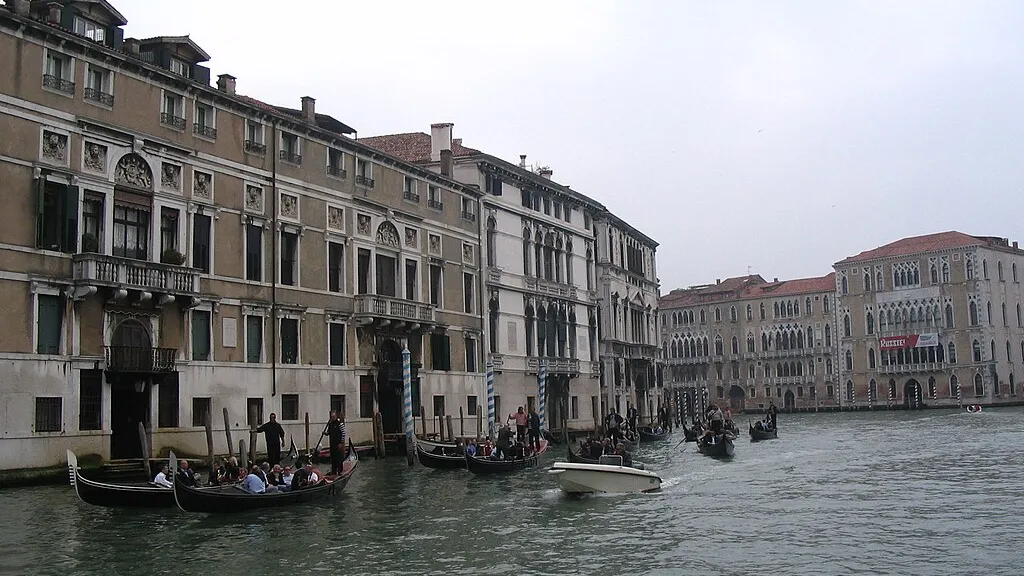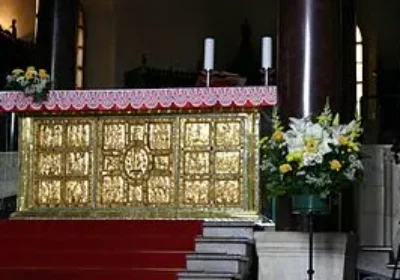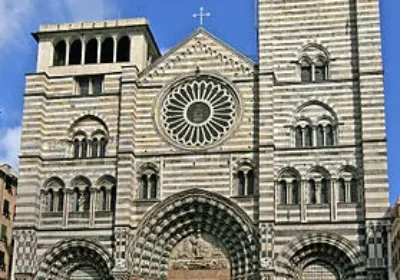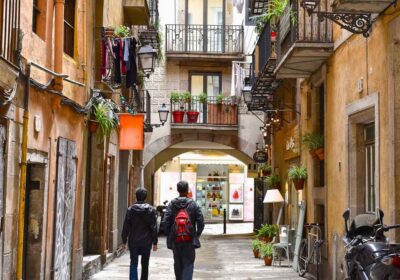Palazzo Mocenigo:
A complex of four adjoining 16th- to 17th-century palaces in Venice. It is located on the Grand Canal. The two middle palaces are absolutely identical.
There is a remarkable story behind the Palazzo Mocenigo Museum. This palace once belonged to one of the city’s most famous and respected noble families, the Mocenigo family, who settled in Venice centuries ago. Giovanni Mocenigo was at one time the patron of Giordano Bruno, who was a guest in this palazzo. Giovanni Mochenigo later wrote a denunciation to the Council of Ten, accusing Bruno of heresy. The Venetian Senate obeyed the papal verdict and agreed to Bruno’s extradition to Rome, where he was burned in 1600.
Situated just above the waters of the Grand Canal between the Rialto Bridge and Piazza San Marco, Palazzo Mocenigo takes visitors back to the glorious days of the Doge of Venice. The lush Italian garden, preserved in all its splendour, surrounds a quiet, spacious courtyard leading to the Gothic building at the back, the family residence of the Mocenigo family. These include the Prince of Savoy, who stayed at the Palazzo in 1547, and the famous Lord Byron, who in 1880 wrote several immortal poems in the tranquillity of these idyllic surroundings. The palace was built in the Gothic style around the 16th century and is located in a quiet corner of the Santa Croce neighbourhood. In the early 17th century it was rebuilt and became the most beautiful family residence in Venice. The owner of Palazzo Mocenigo dreamed that his family home would be a museum that would tell the citizens and tourists about the history of the national costume. His dream came true in 1985, when the donated building was opened as a museum with fabrics and costumes as its main exhibits. The opulent details of the interiors are mesmerising – mosaic marble floors, high Baroque ceilings, colossal fireplaces and columns, weightless sparkling Murano glass chandeliers, walls upholstered in silk and brocade – an inimitable atmosphere of the grandeur of a bygone era. In 1945 Count Alvise Nicolo Mocenigo, the last descendant of the family, donated this palace to Venice to be used “as a gallery of art to complement the Correr Museum”. After a quite exemplary restoration, Palazzo Mocenigo has become part of the MUVE. The renovation project belongs to the famous scenographer Pier Luigi Pizzi, with some of the furniture and paintings shared by the Museo Correr and the Museo Ca Redzonico.The second part of the exhibition is various perfume vials and the history of perfumery.
Open all days except Monday, 24 December, 1 January
.

















